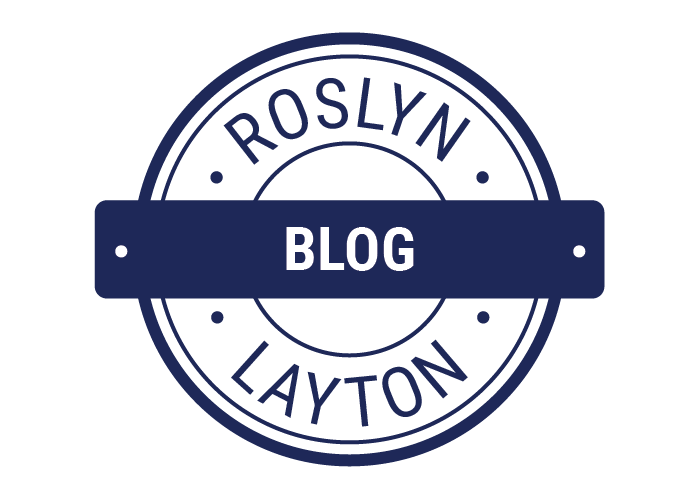Biden’s $100B Broadband Plan Gives Big Tech A Free Ride

The White House recently called for 100 percent high speed broadband coverage with a whopping $100 billion price tag. The goal to ensure coverage to all Americans is commendable as is the focus on people in rural areas. However the Biden plan ignores the reality of landline broadband provision in rural America, which is largely delivered by small-scale and family-owned businesses. Moreover, it rejects incorporating Big Tech in network cost recovery, even though the Silicon Valley platforms have the most to gain from high-speed networks. New research examines this issue with an analysis of four fiber to the home networks in rural America. The networks have an average of 20,000 customers and cover 3000 square miles (about two-thirds the side of Connecticut) and include many non-white households with people low-income, the proffered focus of Biden’s plan.
Network Traffic Rules of Thumb: 5/75/25 and 90/10
The paper provides traffic reports from the rural broadband providers detailing that just 5 video streaming entertainment providers—Netflix, YouTube, Amazon Prime, Disney+/Hulu and Microsoft Xbox, collectively the “Big Streamers”—drive 75 percent of downstream network traffic. This conforms with national aggregate level reports by Cisco, Sandvine, and others. Big Streamer video entertainment traffic is associated with 90 percent of the net new network operating cost. The rest of the internet, including essential services for health, work, education, e-commerce, government, and public safety take up less than 25 percent of network capacity and only 10 percent of the cost.
Big Streamers earn $25 per month from two-thirds of households but pay essentially zero to support delivery cost in the middle and end mile.
The four rural broadband providers charge an average of $50 per month for a standard broadband subscription, a price that is essentially 40 percent less than five years ago because of increases in broadband speed, capacity, and competition from wireless providers. On top of broadband, most users pay $25 per month to the Big Streamers to access their video entertainment services. For every dollar earned by the Big Streamers, the rural broadband providers must invest $0.48 in equipment to deliver this specific video streaming entertainment traffic. Roughly, two-thirds of a network’s subscribers access the Big Streamers, but the cost to deliver video, under current policy circumstances and Biden’s plan, is spread across all subscribers. Presently this amounts to $11.65 per subscriber, but if was attributed only to Big Streamer customers, the cost would be $17.48. This means that one-third of users are paying more than they should, while two-thirds are paying less than they should. In any event, users do not experience these costs today because rural broadband providers make some upgrades anyway, reducing their financial capability to reach un-served and under-served areas. The paper projects a shortfall of $144 per year per broadband subscriber, increasing to $300 in three years given the current trajectory of Big Streamer video traffic. The four rural broadband providers expect $82 million in increased costs for video streaming entertainment, which is unlikely to be recovered by increasing broadband prices (something Biden opposes) or new customers (most population growth is to suburban areas).
Baumol’s free rider problem
In 1952 William Baumol described the “free rider problem”, a market failure in which those who benefit from shared resources do not pay for them. Over time, this results in degraded resources or a dearth of investment, which is the current situation in rural America. Baumol’s insight helps explain the rural shortfall which the Federal Communications Commission calculates as 22 percent of rural Americans, about 13 million people, who lack high speed wireline internet of 25/3 Mbps or higher. America’s complex broadband subsidy system only addresses the last mile to the home, but most running network cost is in the middle mile of the rural broadband provider’s core network. As Big Streamers’ services increase in popularity, so too does the amount of equipment needed to distribute their traffic. Netflix and Google may tout their “free” caching services, but these are not free for rural broadband providers. These caches are in distinct, if not distant, locations and create additional costs in equipment and energy for broadband providers to access them. Moreover, these caches only serve YouTube and Netflix content, excluding streaming competitors.
Broadband equity requires Big Tech to pay their fair share
The paper suggests a mismatch in prevailing broadband policy given aspirations for universal, equitable broadband which should promote socially valuable applications required to participate in society: egovernment, telehealth, homework, online work, public safety, news, ecommerce, and so on. However current policy and Biden’s plan prioritize video streaming entertainment traffic which is a privately valuable service. The situation could be addressed if Big Streamers covered the distribution costs of the private services they generate. Netflix did this as a DVD-by-mail company, paying postage for the delivery and return of DVDs. By sending videos online, Netflix eliminated the postage and externalized those costs to broadband providers, which has now become a social obligation.
For all the talk about being tough on Big Tech, most policymakers avoid basic, economic solutions like making Big Tech pay for its use of resources. Instead, they unwittingly strengthen Big Tech’s market power with free spectrum and free internet transit. There would be no need to go further into the fiscal deficit abyss if the Big Streamers just paid for their use of resources, and with trillion-dollar market capitalizations, they can afford it.
Originally published in Forbes.